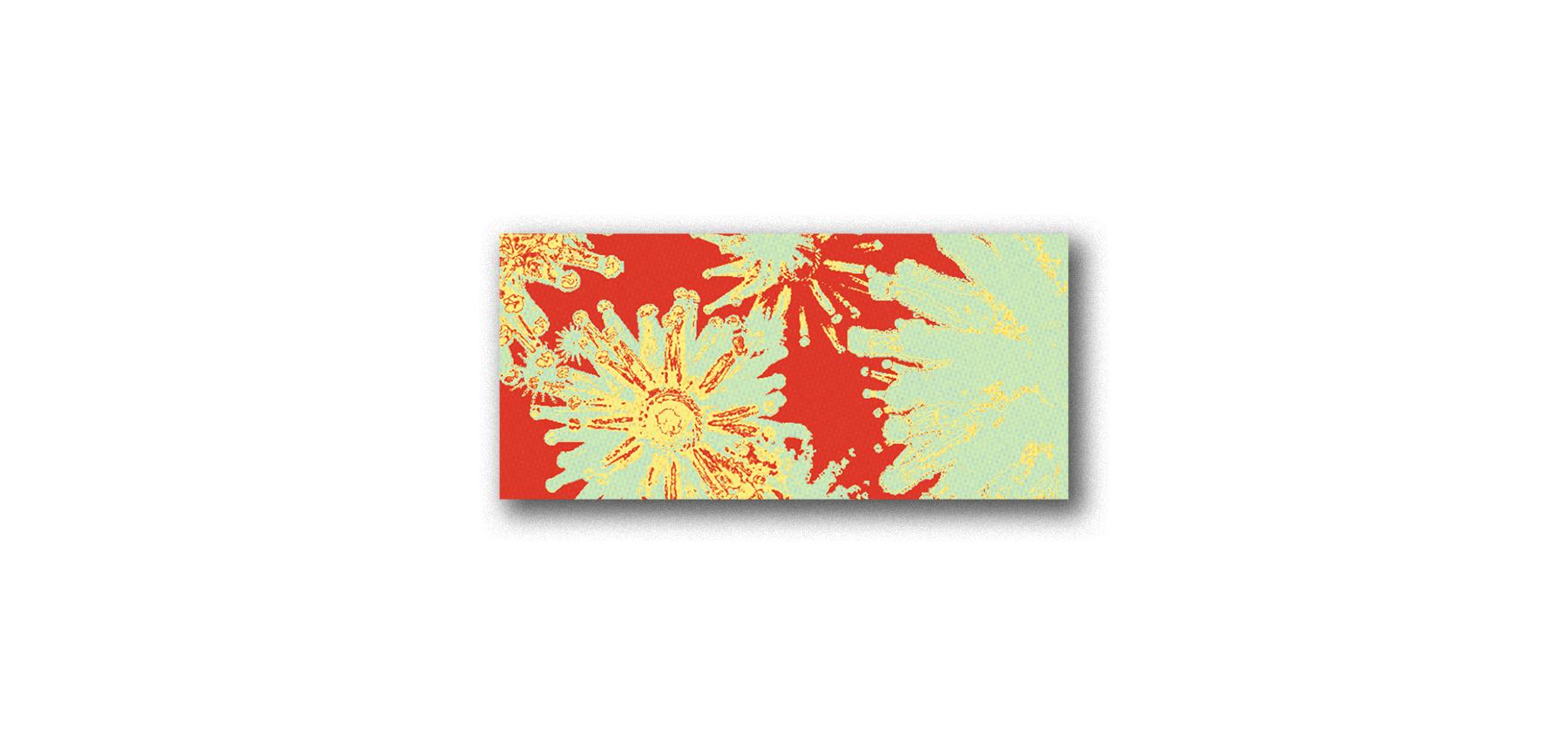Mem'éthique
Mèm’éthique
My first published research work, now available in French on page 26 of the linked document.
Below, you’ll find the translated version for your convenience.
When I was younger, I often heard that infants couldn’t remember life before acquiring language. While the idea felt improbable, the explanation seemed logical: without a notion of words, babies couldn’t synthesize memories. Without symbols to define their experiences, they couldn’t rationalize or embed them as remembered events. This premise is supported by cases of aphasia in stroke survivors, where the loss of language affects memory synthesis.
Reflecting on this now, I see that this concept connects to a broader notion: digitalization. Without the ability to conceptualize, it becomes difficult—if not impossible—to recognize and organize one’s surroundings.
In 1976, Richard Dawkins introduced the concept of memes in The Selfish Gene. He defined memes as cultural units of imitation, deriving the term from the Greek word mimesis (“imitation”) and associating them with genes as “second replicators.” Dawkins explained that memes—whether ideas, habits, spiritual beliefs, or lifestyles—function like genes in their ability to evolve, reproduce, adapt, mutate, and even “die.” For example, consider this scenario:
You spend the night at a friend’s house for the first time. The next morning, your friend offers breakfast. Unfamiliar with the concept, you try it and enjoy the experience. You decide to incorporate breakfast into your routine.
Here, the meme of breakfast has been transmitted to you and reproduced. Over time, based on personal preferences or available resources, you adapt the breakfast meme, modifying its form while maintaining its essence.
This example illustrates how memes evolve. While grounded in tangible concepts, memes are not limited to physical phenomena. They possess an infectious quality that allows them to transcend contexts, shaping and reshaping cultures.
God Meme, digital painting (2021)
Memes define the concepts that organize cultures, evolving with purpose. Dawkins highlighted three key attributes essential for a meme’s survival and success:
Longevity: The ability to persist over time.
Fecundity: The capacity to spread and reproduce.
Faithfulness to the copy: Maintaining consistency during replication.
However, Dawkins’ framework reflects a Western objectivist bias, implying a binary outcome of “successful” or “failed” memes. This perspective overlooks the subjective usefulness of memes, a factor integral to their survival. Importantly, Dawkins’ theory also omits the role of human free will in meme propagation, a limitation we will explore further.
Dawkins introduced the concept of memeplexes: clusters of related memes that form coherent systems, such as religions, philosophies, or political ideologies. Memeplexes may house memes that complement or contradict each other. For instance, Dawkins identified the “God meme” as particularly enduring, owing to its association with the fear of eternal suffering—"Hell" in Abrahamic religions.
This analysis, however, reveals another cultural bias. The link between God and eternal damnation is specific to Abrahamic traditions, which are relatively recent and aggressive in their spread. It overlooks other spiritual systems, such as African cosmologies, where divinity often represents balance rather than fear.
Ghost Meme, digital painting (2021)
Growing up amidst diverse cultures, I encountered two distinct concepts of God early on:
The Christian God.
Sì, from Bamileke traditions, representing a life force inhabiting all beings and objects. Sì is both a creative entity and a memeplex, a cluster that contains itself.
Dawkins’ “God meme” is what I term a fragmented meme: a concept lacking some of the attributes essential for survival.
For instance, the God meme often lacks fidelity to the copy. This is evident in interfaith misunderstandings, where individuals claim, “They don’t worship the same God as us,” or in the denigration of ancestral religions as “pagan” or “animist,” terms steeped in colonial bias.
This fragmentation stems from systems of power and domination, perpetuated by the same Western frameworks that govern modern global dynamics.
This practice of controlling narratives through fragmented memes is now recognized as memetic warfare, a form of psychological warfare with the unique ability to colonize minds without their awareness.
Memetic warfare operates in three stages:
Information gathering about the target.
Analysis of the collected data.
Dissemination of disinformation to manipulate narratives or sow confusion.
Fragmented memes play a key role here by introducing contradictions and eroding coherence in cultural or ideological systems. This allows entities—nations, corporations, or other groups—to reshape narratives to serve their interests, often undetected by the target audience.
The internet, particularly social media, has become the primary battleground for memetic warfare. Memes, as we commonly know them—images or videos shared online—derive their name from Dawkins’ theory. However, their digital format amplifies their impact. Wireless connectivity increases fecundity, enabling rapid dissemination through posts, messages, or stories. Their often-anonymous origins add a layer of ambiguity, fostering distrust and confusion.
For the average user, anonymity provides a platform for expressing genuine ideas, attracting audiences who resonate with their content. This rebellious image of internet memes dissociates them from state control, making them potent tools for both cultural expression and subversion. Yet, this same dissociation makes them powerful instruments for manipulation, capable of altering perceptions and shaping realities.












